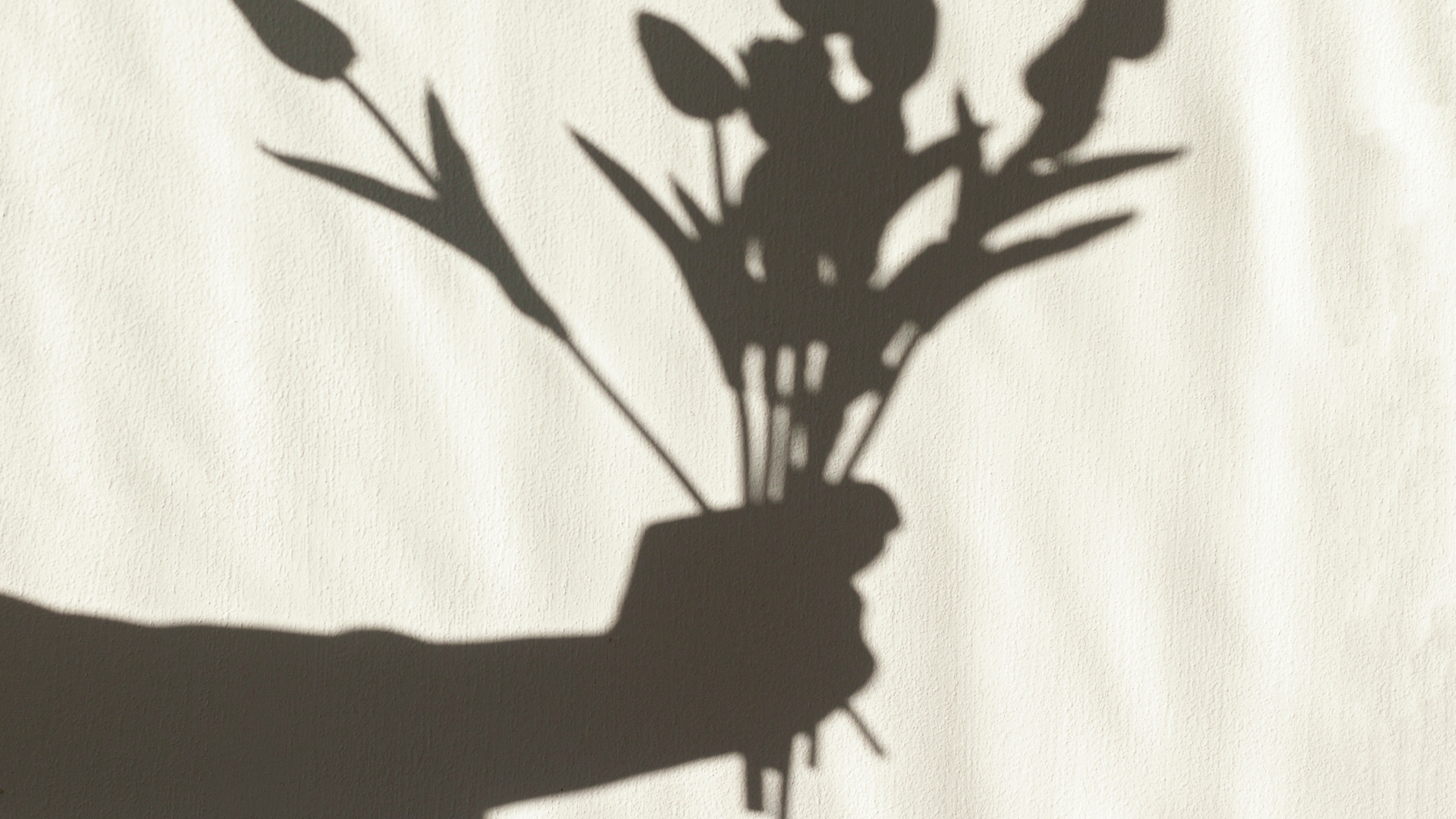
HISTORY AND ORIGIN OF GIFTING FLOWERS
Florals during spring are a given, but when did gifting flowers become in fashion?
The tradition of gifting flowers dates back thousands of years, with evidence of floral offerings found in ancient civilizations such as Egypt, Greece, and Rome.
In ancient Egypt, flowers were used in religious ceremonies and as decorations in homes and public spaces. The lotus flower, in particular, was highly revered and often depicted in art and architecture.
In ancient Greece, flowers were associated with gods and goddesses, and were often used in festivals and ceremonies. The Greeks also believed that certain flowers had medicinal properties and were used in herbal remedies.
In ancient Rome, flowers were used in various ways, including as decorations for events, as symbols of victory, and as gifts between lovers.
During the Middle Ages in Europe, flowers continued to be used for their symbolic and medicinal properties. The practice of giving flowers as gifts became more popular during the Renaissance period, as people began to appreciate the beauty of nature and the arts.
In the Victorian era, which lasted from the mid-1800s to the early 1900s, the language of flowers became popular as a way to convey messages through the giving of specific flowers. Each flower had a specific meaning, and the way in which it was given and received conveyed a message.
Today, the tradition of gifting flowers continues, with flowers being given for various occasions such as birthdays, weddings, funerals, and romantic gestures. Different flowers are associated with different meanings, and the act of giving flowers is still considered a thoughtful and meaningful gesture.




